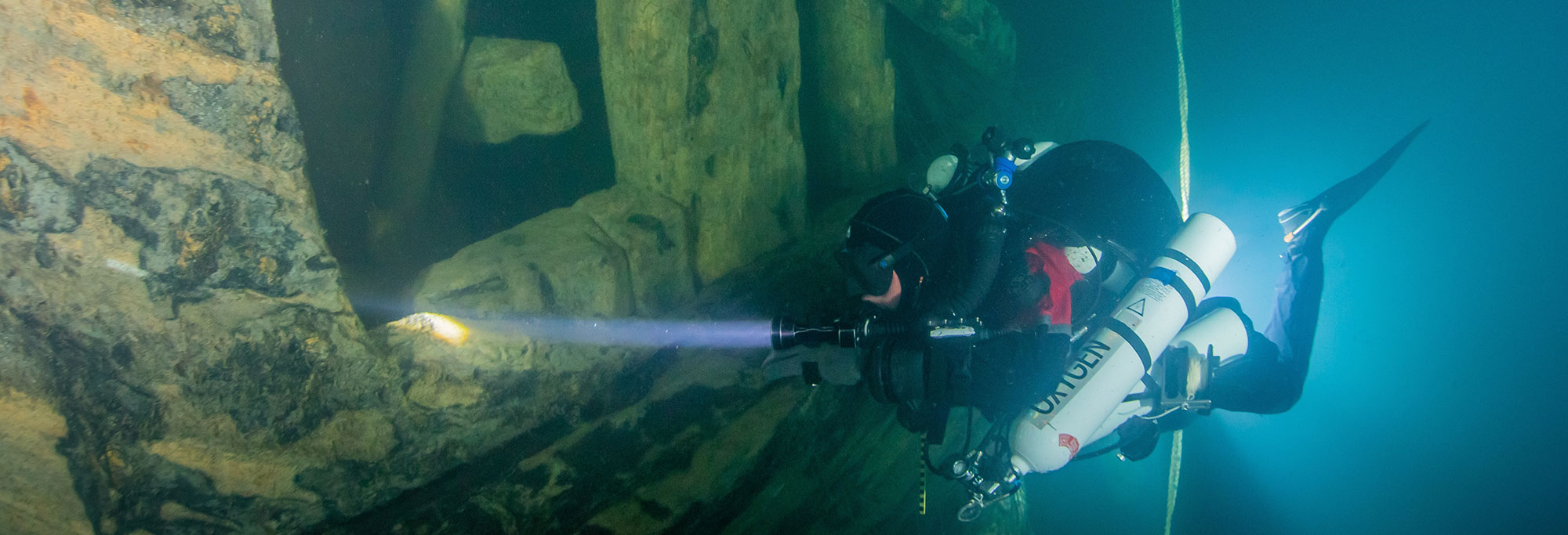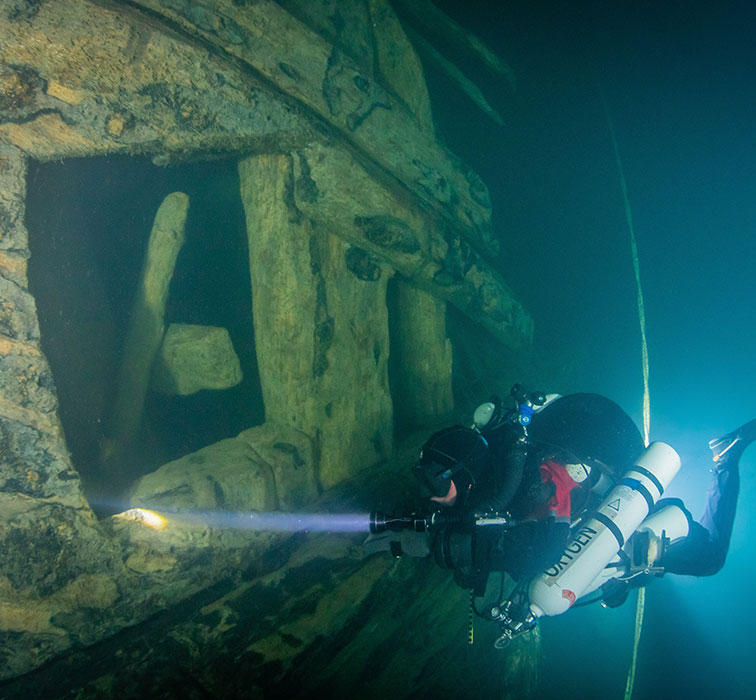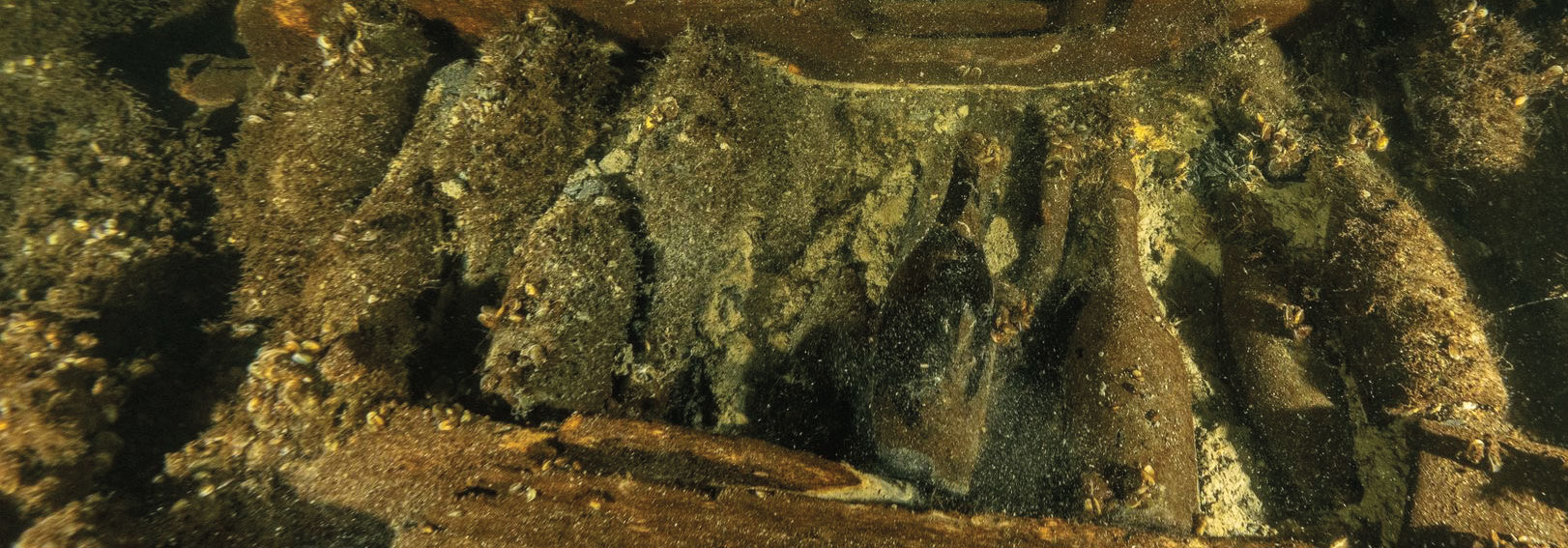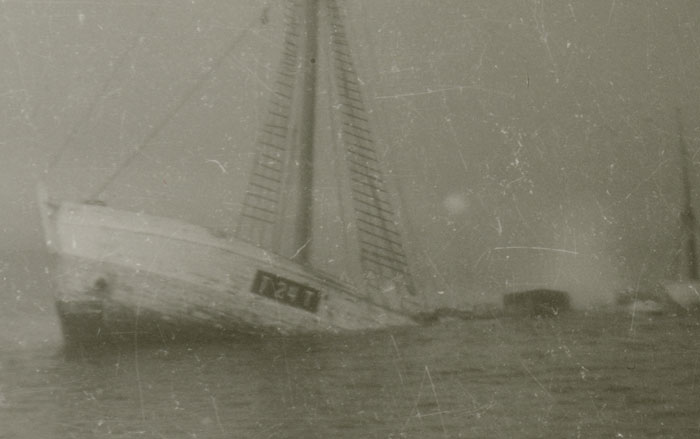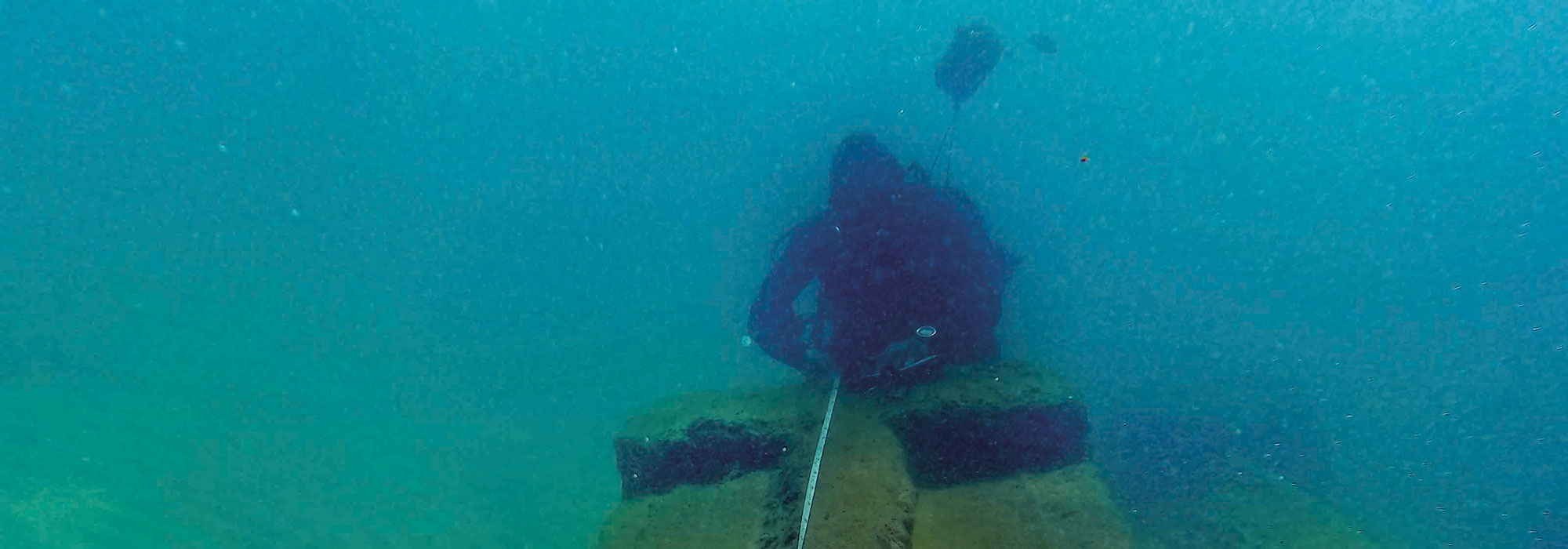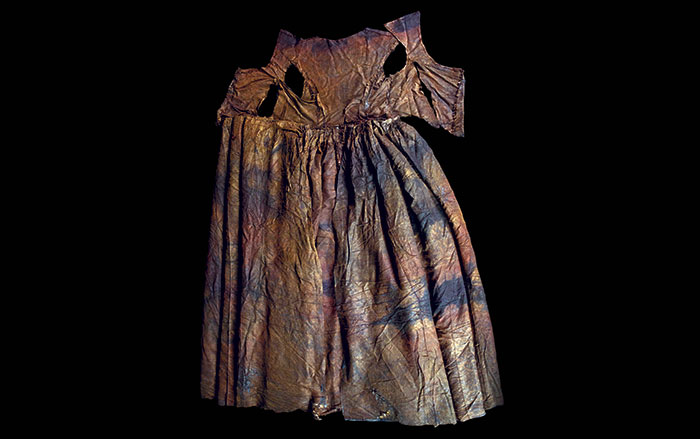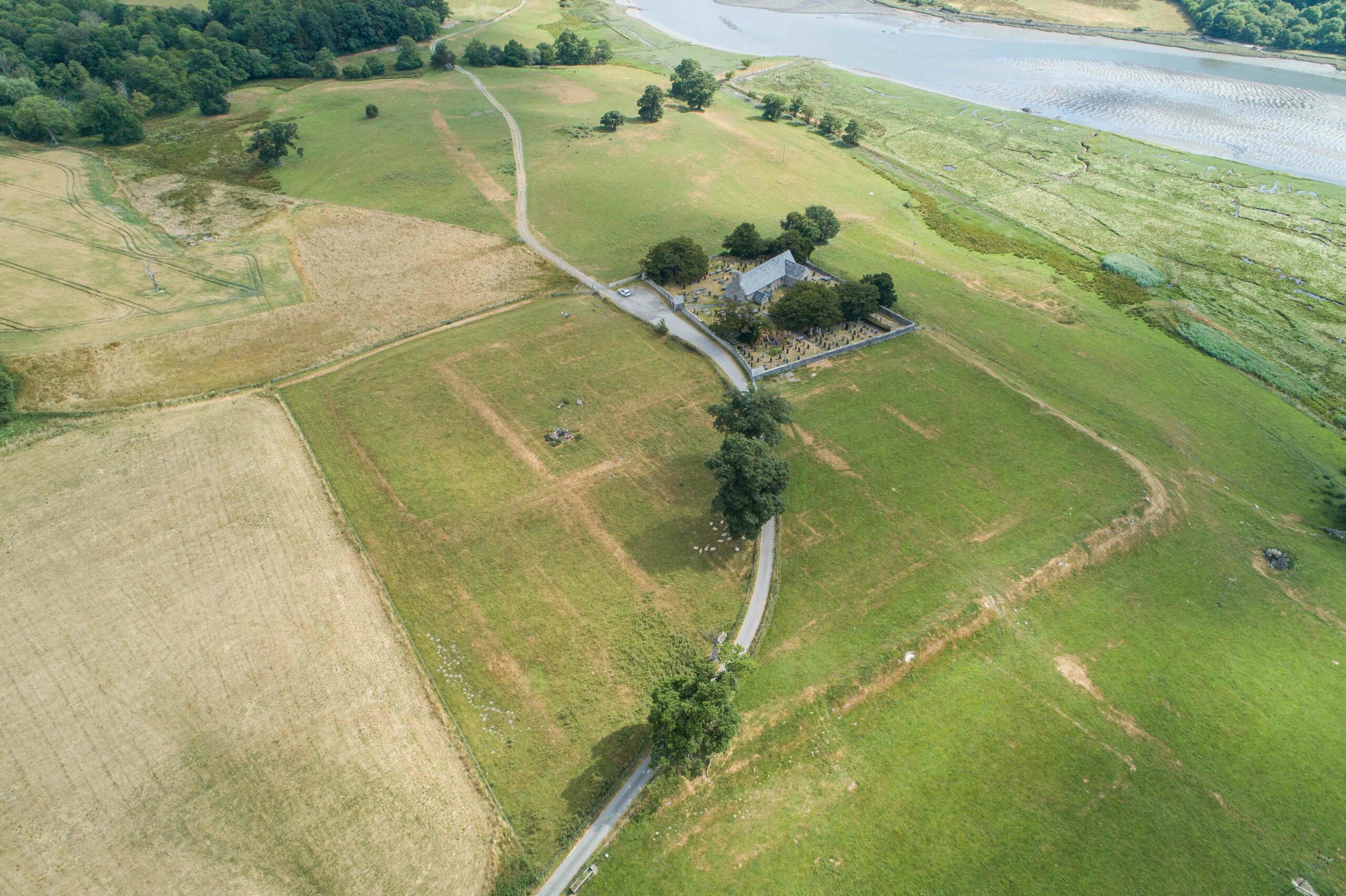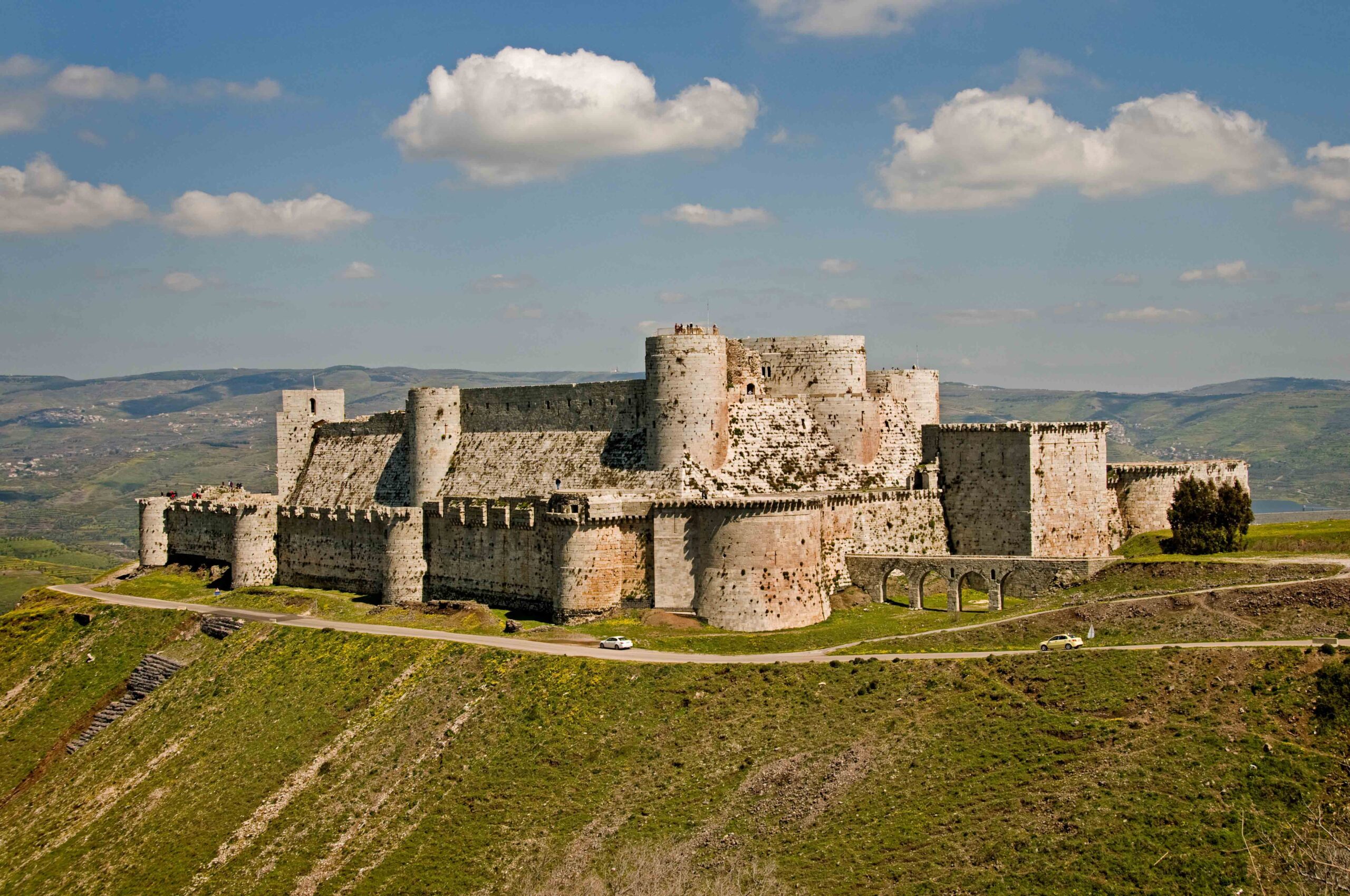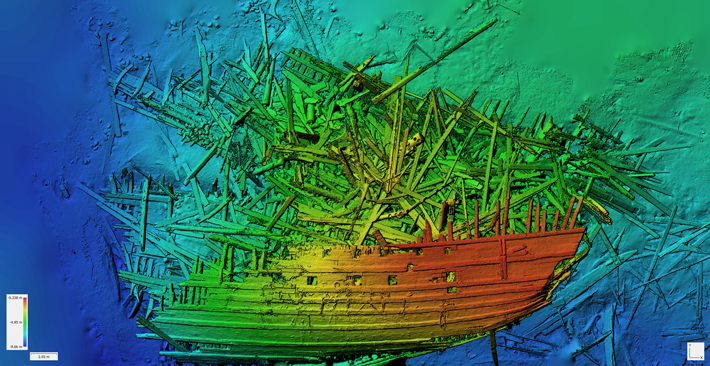
The wreckage of Mars, a sixteenth-century Swedish warship that lies 230 feet under the Baltic Sea near the island of Öland, has yielded evidence of the dramatic events that led to its sinking. History records that in 1564, during the Northern Seven Years’ War, several hundred soldiers from Danish and Lübeckian warships boarded Mars and subdued its crew. Then, according to contemporary sources, Mars’ main gunpowder hold exploded, killing most of those on board. “We can see from the remains we have identified that there was a massive fire and the bow of the ship had just been blown off,” says maritime archaeologist Rolf Fabricius Warming. “We found it about 130 feet away from the rest of the ship.”
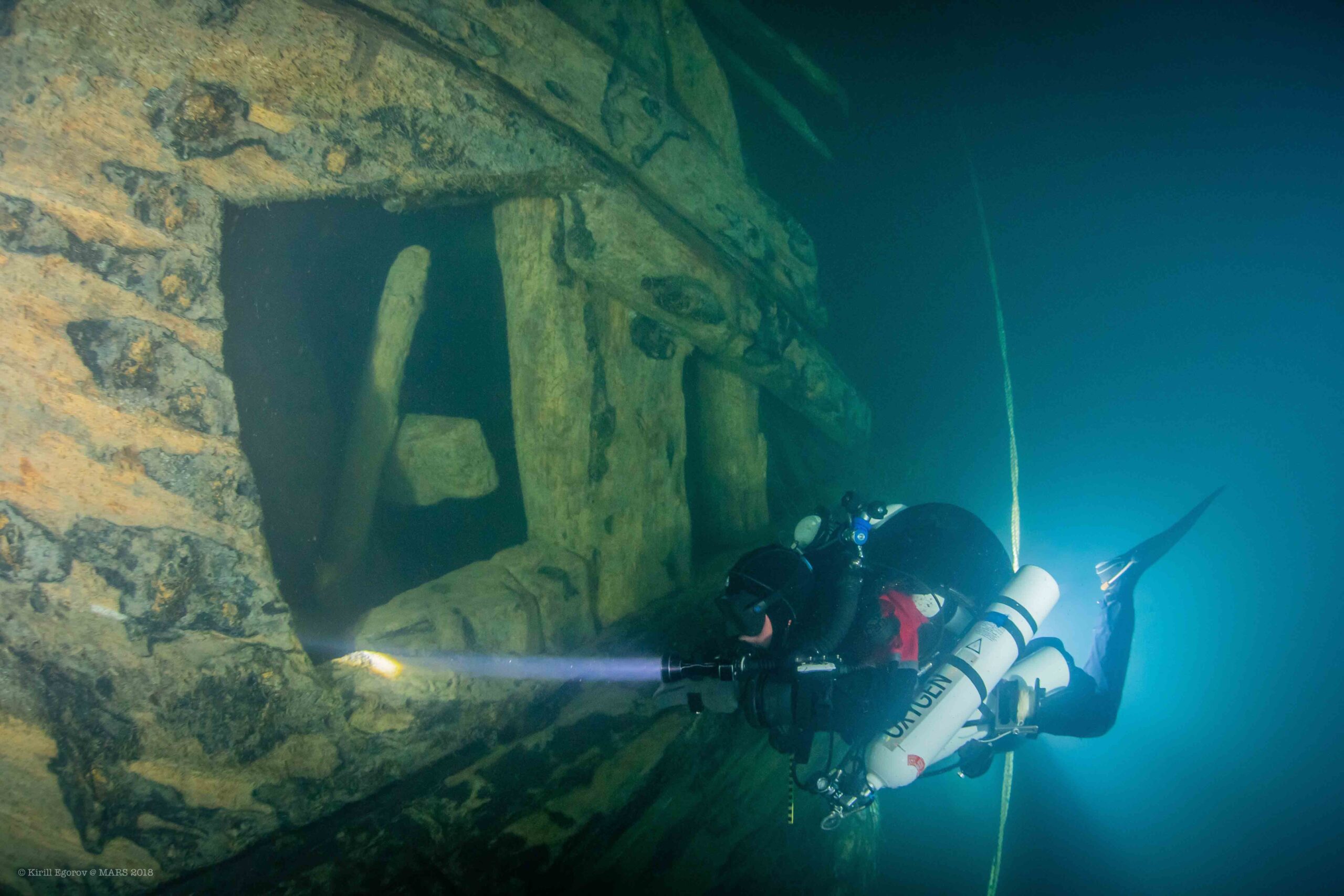
Amid the wreckage, investigators have uncovered hand grenades and what are likely to be pieces of armor and a sword. They have also found skeletal parts, including a femur that was apparently damaged at the knee by a sharpedged weapon. A large grapnel, which may have been used by one of the attacking ships to grasp Mars before boarding, has turned up as well. The project has been carried out by the Maritime Archaeological Research Institute at Södertörn University in Sweden, Global Underwater Explorers, Västerviks Museum, Ocean Discovery, and the marine surveying firm MMT.


